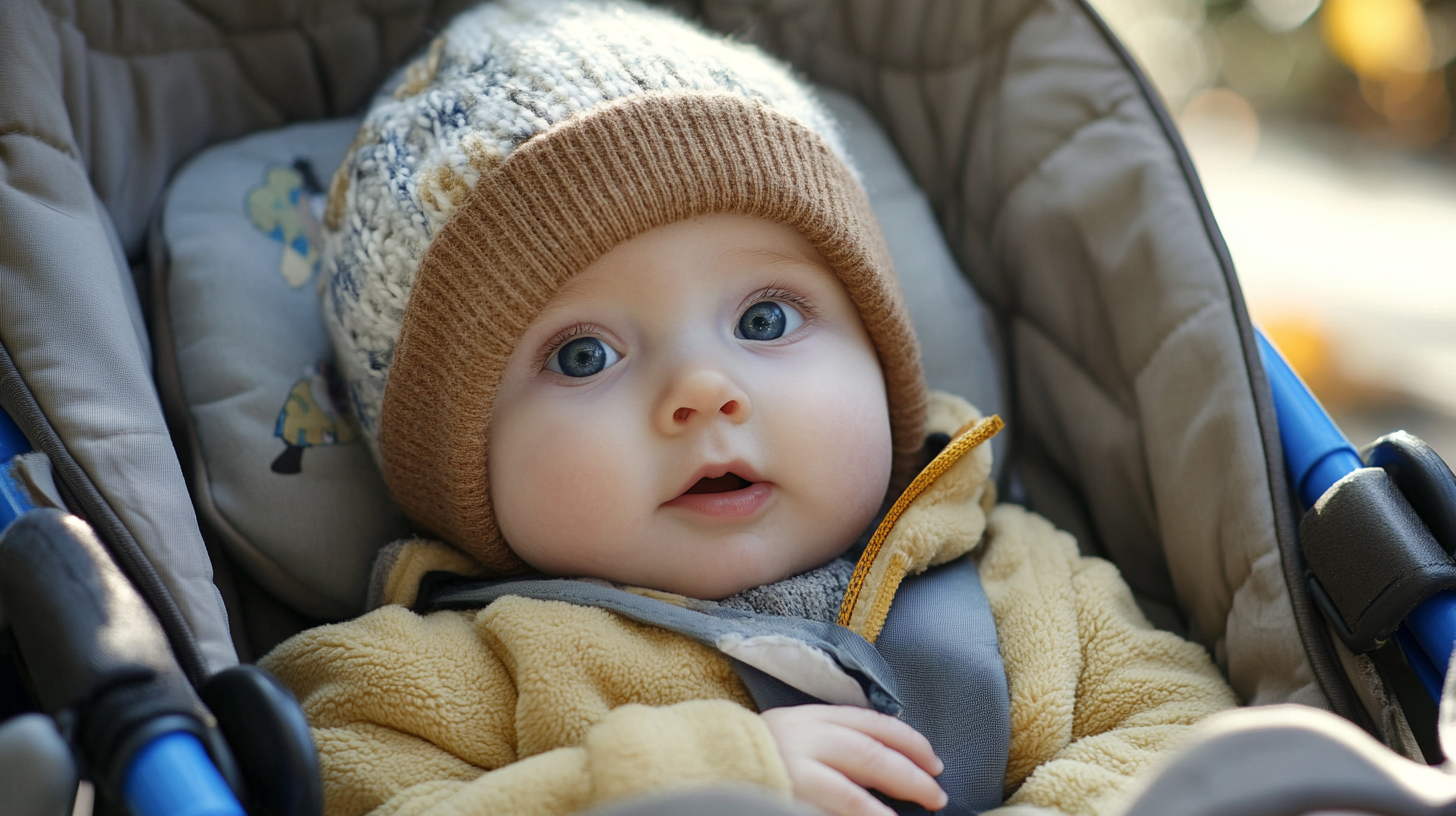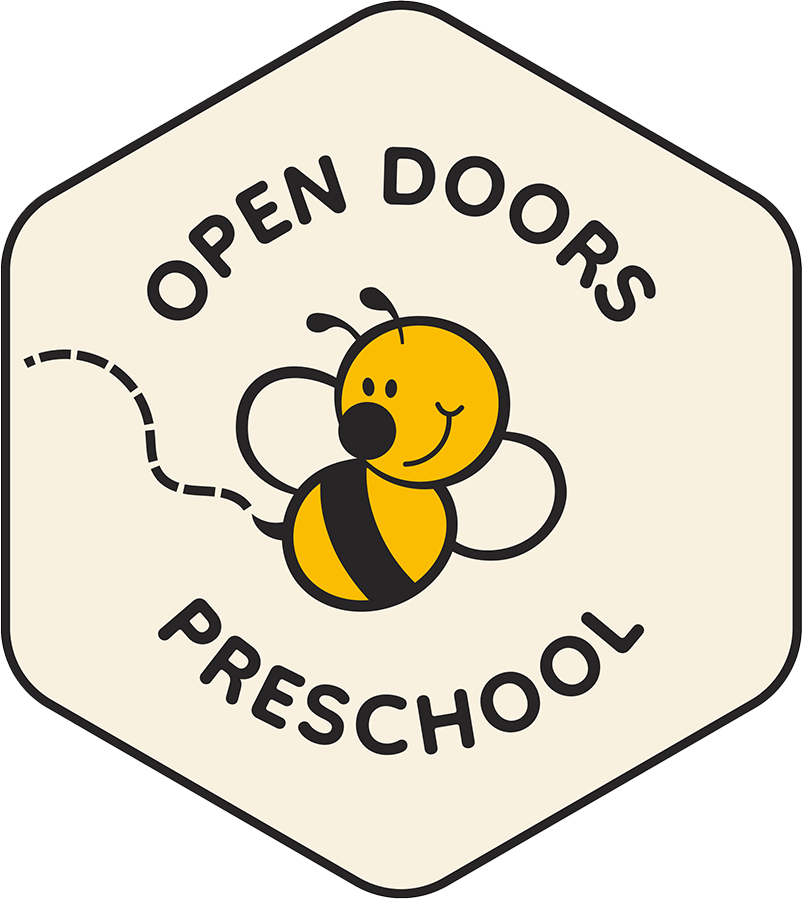As parents or caregivers, recognizing and interpreting these early forms of communication can significantly impact an infant’s emotional and cognitive development. The ability to respond appropriately to a baby’s cues can nurture a secure attachment, fostering a sense of trust and safety. This foundational stage sets the groundwork for future learning and relationships, making it imperative to understand and engage with these early interactions effectively.
What is Infant Communication?
Infant communication refers to the ways babies interact with their environment and caregivers before they can speak. It involves a combination of vocalizations, body language, and facial expressions. Understanding these signals can help caregivers respond appropriately to an infant’s needs, fostering a nurturing and responsive environment.
The Importance of Baby Language
Baby language lays the foundation for later language development. When caregivers respond to a baby’s cues, it supports cognitive and emotional growth. This early interaction is crucial for building strong bonds and developing trust between the infant and the caregiver.
In addition, engaging with an infant’s communication efforts helps in reinforcing their attempts to interact, which encourages the development of more complex skills over time. This process of mutual exchange not only enhances the baby’s language acquisition but also promotes their social and emotional intelligence. By acknowledging and responding to baby language, caregivers play a vital role in a child’s holistic development, preparing them for future communication challenges.

The Science Behind Infant Communication
Research shows that infants are born with the ability to communicate and interact with the world around them. Let’s delve into the science of how babies convey their needs and emotions.
Vocalizations
From the first cry, infants use sounds to communicate. Crying is the earliest form of vocal communication, signaling hunger, discomfort, or the need for attention. As babies grow, they begin to coo and babble, experimenting with sounds and tones. These early vocalizations are the building blocks of speech.
Crying serves not only as a signal for caregivers but also as an exercise for the baby’s developing vocal cords, preparing them for future speech. As infants progress, their vocalizations become more varied, allowing them to express a broader range of needs and emotions. Understanding these nuances can help caregivers provide more targeted responses, further encouraging the baby’s communicative efforts.
Body Language and Gestures
Infants also use body language to express themselves. Movements like reaching, waving, and pointing are early forms of gesturing that indicate interest or desire. Recognizing these gestures can help caregivers meet the baby’s needs more effectively.
These physical cues often precede verbal communication, providing a preview of the baby’s intentions or feelings. By encouraging and responding to these gestures, caregivers can aid in the development of the baby’s motor skills and understanding of cause-and-effect relationships. This interaction not only facilitates communication but also strengthens the bond between caregiver and child.
Facial Expressions
Babies are highly expressive with their faces. They use smiles, frowns, and other expressions to convey a range of emotions. Observing these expressions can provide insights into how a baby is feeling and help caregivers respond with empathy and understanding.
Facial expressions are a universal language, transcending cultural and linguistic barriers. By mirroring a baby’s expressions, caregivers validate the baby’s feelings, fostering an environment of emotional safety and understanding. This mutual exchange of expressions is crucial in developing the baby’s emotional regulation and empathy skills, which are vital for social interactions later in life.
How to Support Infant Communication
Supporting a baby’s communication skills involves being attentive and responsive. Here are some practical tips for fostering infant communication:
Respond to Vocalizations
When a baby coos or babbles, respond with similar sounds or words. This back-and-forth exchange, known as “serve and return,” encourages the baby to continue communicating and helps develop language skills.
The “serve and return” technique is foundational in establishing a dialogue with the infant, making them feel heard and valued. This interaction not only enhances their language abilities but also strengthens their confidence in expressing themselves. By engaging in this reciprocal communication, caregivers lay the groundwork for more complex conversations as the baby grows.
Encourage Gestures
Help your baby learn gestures by modeling actions like waving goodbye or pointing to objects. Over time, babies will mimic these gestures, using them to express their needs and interests.
Modeling gestures is an effective way to introduce the concept of non-verbal communication, offering babies alternative methods to express themselves. By consistently using and recognizing these gestures, caregivers can significantly expand a baby’s communicative repertoire. This practice also aids in bridging the gap between understanding and verbal expression, facilitating smoother transitions to spoken language.
Use Facial Expressions
Mirror your baby’s facial expressions to show that you understand their emotions. This not only strengthens your bond but also teaches the baby about empathy and emotional expression.
Facial mirroring is a powerful tool for emotional connection, signaling to the baby that their feelings are valid and understood. This empathetic engagement promotes a secure attachment, making the baby feel safe to explore and express a wider range of emotions. Over time, this practice helps the baby develop a deeper understanding of social cues and emotional intelligence.
Talk and Read to Your Baby
Regularly talking and reading to your baby exposes them to a rich vocabulary and helps them learn the rhythm and patterns of language. Describe your actions, name objects, and narrate your day to enhance their linguistic environment.
Incorporating a rich linguistic environment is essential for language acquisition and cognitive development. By immersing the baby in varied language experiences, caregivers provide the auditory stimuli necessary for linguistic growth. This exposure not only aids in vocabulary building but also in understanding the nuances of communication, such as intonation and pacing.
Understanding Developmental Milestones
Recognizing developmental milestones can guide caregivers in supporting infant communication. Here are some key milestones to watch for:
- 0-3 Months: Babies start cooing and smiling in response to faces and voices.
- 4-6 Months: Babbling begins, and infants may laugh and show excitement.
- 7-9 Months: Babies may use gestures like pointing and waving.
- 10-12 Months: Infants start to understand simple words and may say their first words.
Being aware of these milestones provides caregivers with benchmarks to assess their baby’s communicative progress. While each child develops at their own pace, these guidelines help identify typical patterns and areas that may need additional support. Observing these milestones also allows caregivers to celebrate their baby’s achievements, reinforcing positive interactions and encouraging further development.

Common Challenges and Solutions
While supporting infant communication can be rewarding, it also comes with challenges. Here are some common issues and how to address them:
Difficulty Understanding Cues
It can be challenging to interpret a baby’s cues, especially for new parents. Pay attention to patterns in behavior and try to respond consistently. Over time, you’ll become more adept at understanding your baby’s unique signals.
Building familiarity with your baby’s specific cues requires patience and observation. By documenting and analyzing these patterns, caregivers can develop a more nuanced understanding of their baby’s communication style. This intentional focus helps in creating a more responsive and supportive environment for the infant.
Limited Time for Interaction
Busy schedules can make it hard to find time for quality interaction. Set aside dedicated time each day to focus on your baby, even if it’s just a few minutes. Consistent interaction is more beneficial than lengthy but infrequent sessions.
Prioritizing these interactions, even in small increments, ensures that the baby receives the attention and engagement they need for healthy development. Incorporating these moments into daily routines can help balance time constraints while still providing the baby with meaningful interactions that foster bonding and growth.
Concerns About Delayed Development
If you’re concerned about your baby’s communication development, consult with a pediatrician. Early intervention can address potential issues and support your baby’s growth.
Being proactive about developmental concerns allows for timely interventions that can significantly impact a child’s progress. Regular check-ups and open communication with healthcare providers ensure that any delays are identified and addressed promptly, providing the baby with the resources needed to thrive.
Conclusion
Infant communication is a vital aspect of early development, laying the groundwork for language and social skills. By understanding and supporting baby language, caregivers can help infants thrive and build strong, lasting bonds. Remember, every baby is unique, and with patience and attention, you’ll become an expert in your child’s personal language.
As you engage with your baby, cherish these early stages of communication. They are not only fundamental to development but also the start of a lifelong journey of connection and understanding. Embracing this journey with curiosity and empathy enriches both the child’s and the caregiver’s experiences, fostering a nurturing environment that supports the child’s holistic development.
Contact Open Doors Preschool
If you’re looking for a nurturing environment that supports your child’s communication and developmental needs, consider reaching out to Open Doors Preschool. Our dedicated team is here to provide guidance and resources to help you and your child thrive.
Get in Touch
For more information about our programs and how we can support your child’s growth, please contact us today! Let us partner with you in fostering your child’s early communication skills and overall development!

